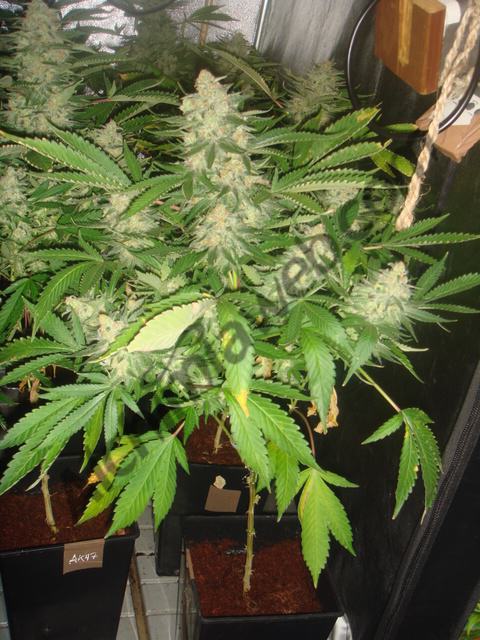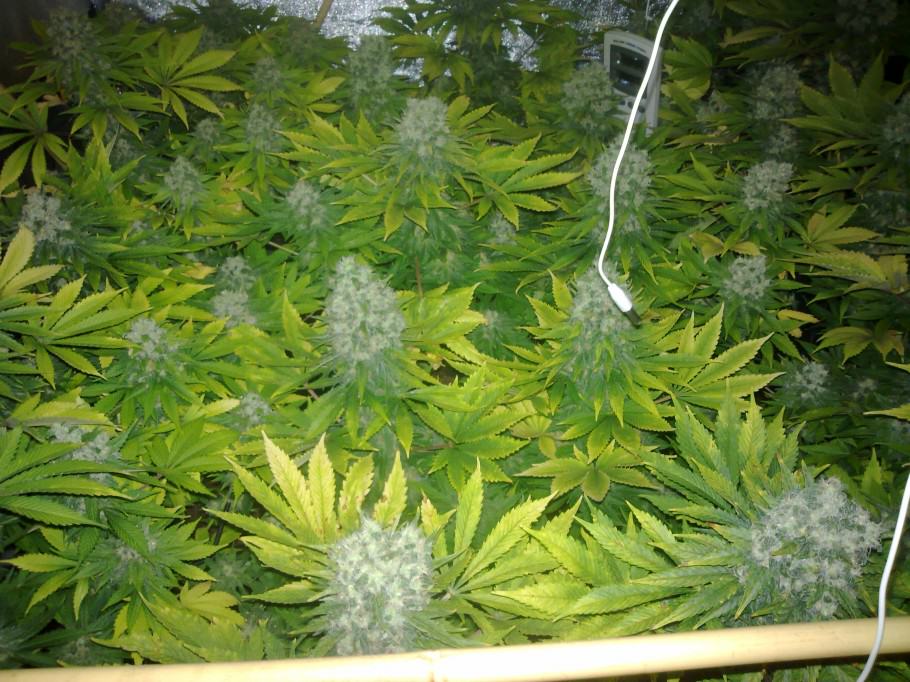Substrates for growing cannabis
List of contents
- Soil as a substrate for cannabis
- Summary of number of plants and capacity of the pot per m2
- Substrates for hydroponics
- Coconut fibre for cannabis cultivation
- Expanded clay pebbles for cultivating cannabis
- Rock wool as a substrate for cannabis
- Perlite as a substrate for cannabis
- Without substrate, aeroponic crops
Cannabis plants have a remarkable capacity to adapt to the environment they grow in, a great advantage for us growers as it frees us to select the type of substrate best suited to our needs from the wide range available on the market that serve perfectly as growing media for cannabis.
In this post we will look at the different substrates and the variants of each of them, highlighting the fertilisers to be used and the peculiarities of each substrate, enabling you to choose the one that best suits your needs, whether it is for ease, production, quality , or simply because you want to innovate or try new cultivation techniques.
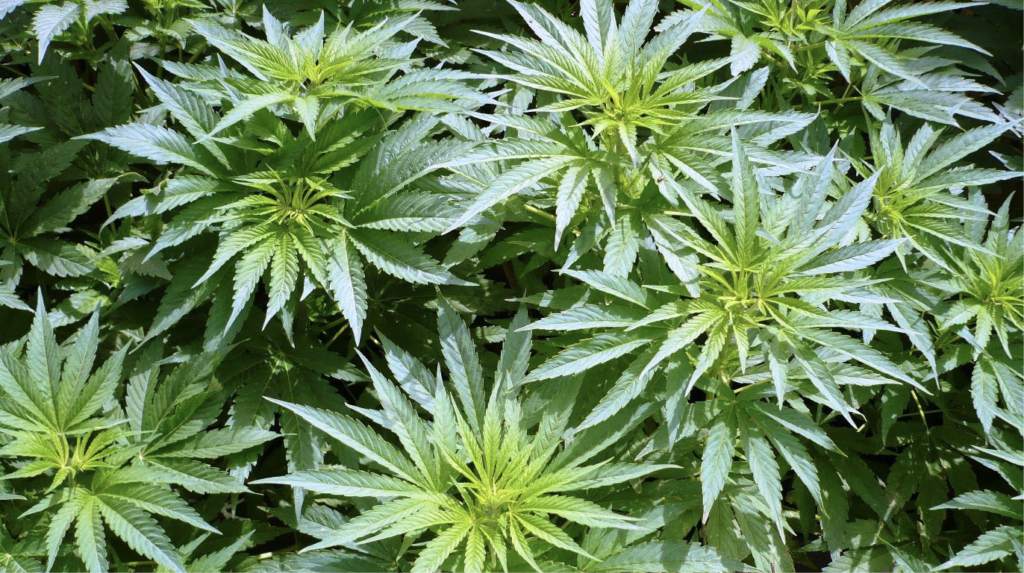
Soil as a substrate for cannabis
Soil is the universal substrate used for all vegetation, the most widely used growing medium since the invention of agriculture. We can describe what we call soil as a composite of different types of substrates. The native soil out in the fields may be suitable for cultivating certain types of plants but not for others. Likewise, not all soils work for cannabis cultivation, they must have structure, composition and characteristics suitable for this use.
We must highlight the essential characteristics that the soil must have so that the cannabis plants have an optimal, problem-free development. If that's not the case, the plant will not grow as it ought to, it won't absorb all the nutrients it needs and growing becomes a constant question... what's going on with my plant?
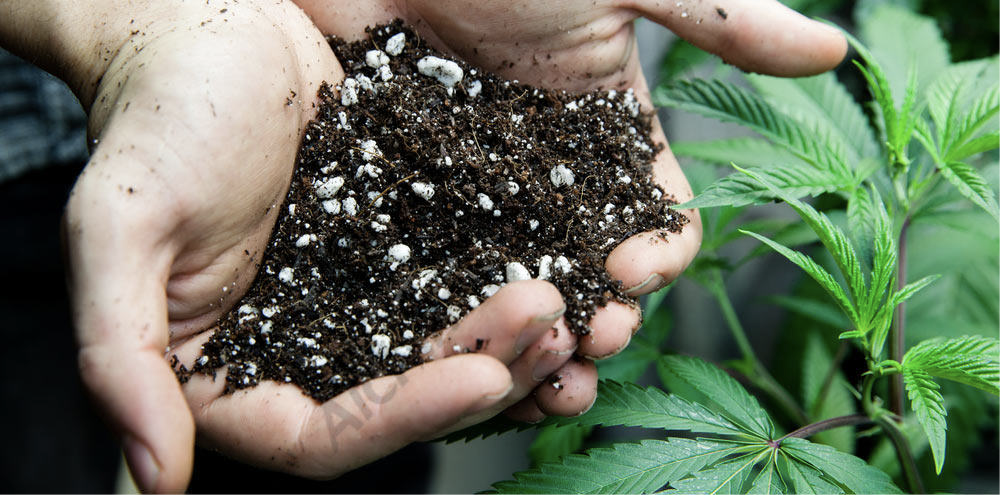
The soil should not be heavy or compacted to allow the roots to expand fully, so we avoid using clay in our growing medium for the reason that it is highly impermeable and won't let water pass. This acts to constrict the roots and means a continuous struggle between plant and substrate, where roots lack oxygen and are susceptible to root rot, which can kill them off in a few days.
It is important to consider the oxygenation of the roots, as the more spongy the substrate is, the easier the plant can develop and expand its root system without problems. There are several substrates that can help to oxygenate a quality soil, which can in many cases end up compacted as a result of repeated watering. Coconut, vermiculite, perlite, volcanic lava rocks are good options that don't affect the pH or the EC of the substrate, which could cause incompatibilities between the conditions of the substrate and the needs of the plant.
The vast majority of cannabis-specific substrates contain, to a greater or lesser extent, a mixture of blond and black peat, fibrous peat, tree bark, coconut fibre, perlite and worm humus among other ingredients. Each brand has its own formulation although all work well for the growing cannabis.
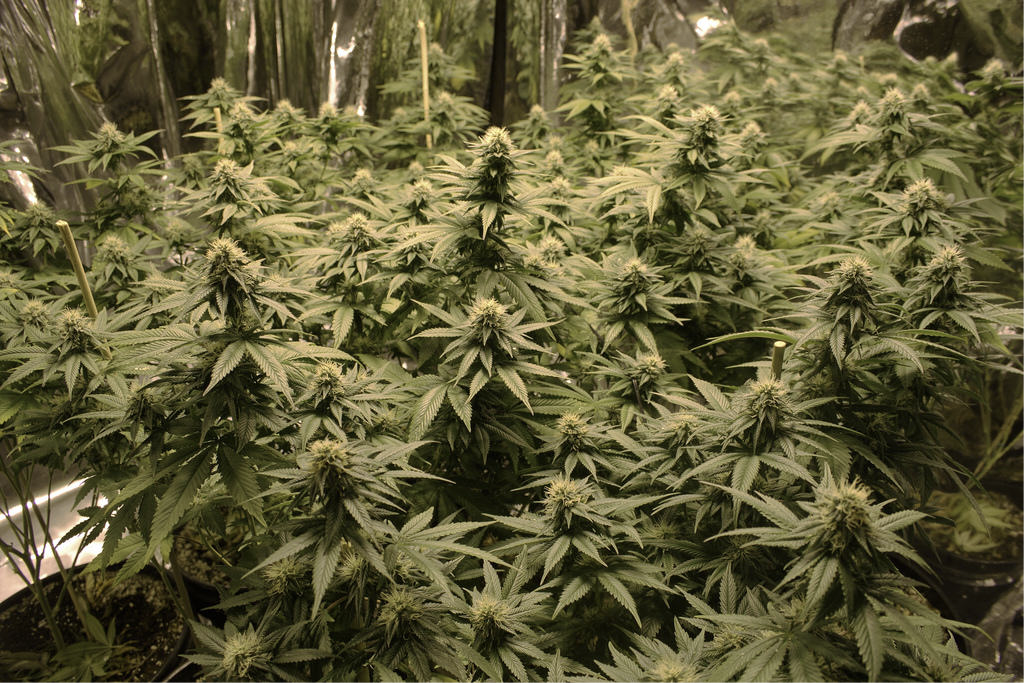
For growing indoors in pots, we can recommend some pot sizes according to the number of plants to be grown per m2. If we want to grow a few plants, let's say 4 for example, topped and grown SCROG style for fewer plants but more flowers, we recommend a final pot size of 15 to 20 litres.
If we need to increase the number of plants per m2, we can progressively reduce the capacity of containers and use smaller pots. For example, with around 12 plants per square metre we use 10 or 11L pots either for a conventional crop or a SCROG.
Summary of number of plants and capacity of the pot per m2
- 4 plants per m2 = 20L final pot
- 12 plants per m2 = 10 or 11L final pot
- 16 plants per m2 = 7L final pot
- 20 plants per m2 = 3.5L final pot
Soil is not inert, as it contains nutrients. Soil fertiliser levels can be low, medium or high and these nutrients can be present in slow, medium or rapid assimilation form. Generally, cannabis substrates have low to medium nutrient levels; soils with very little nutrients are usually known as "light mix", or "all mix" if they have medium nutrient levels. Most commonly the nutrients in quality soil are of organic origin, meaning they release slowly and don't "burn" young plants by over-fertilisation.
If we decide to create a "Super Soil", it will be up to us to add the missing ingredients to the substrate so we don't have to use liquid fertilisers throughout the rest of the grow and still have top quality results at harvest.
If you don't want to feed the plant from bottles, we've designed a fertiliser kit to mix with soil for those growers who want to make their own top quality super soil.
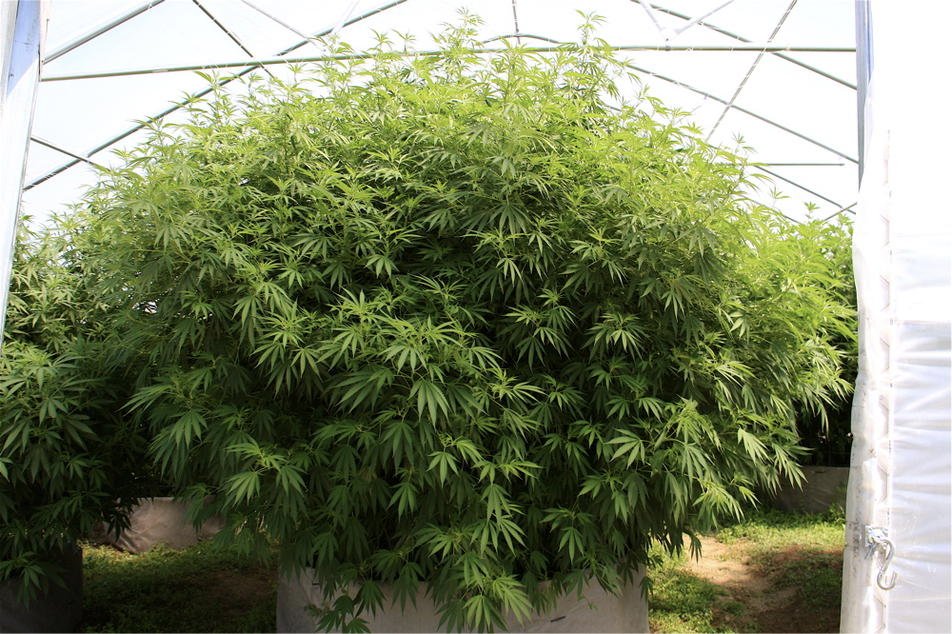
This nutrient kit is the Bio soil enricher kit, which can be complemented with an extra dose of microbes to help the plant better absorb these fertilisers, which translates to greater vigour in all its phases, healthier growth and better flowering with the same growing time. In this case we can fervently recommend the Og Tea Pure Microbial Inoculant which, apart from only needing a small dose due to its high concentration, is also easy to store for use in future grows.
You can also use mineral fertilisers in soil with no problem, making the feeding more intensive than with organic growing; in this way, the plants grow faster and bloom more abundantly, although the flavour doesn't compare to that of 100% organic buds. On the other hand, it's easier to get heavy yields with mineral fertilisers than with organic nutrients. If we do grow organically, we must add plenty of microbes so the plant can assimilate nutrients more efficiently and quickly.
Substrates for hydroponics
Today hydroponic growing is widely known, and often used by growers who've already mastered growing in soil and understand the basics of pH and EC. It's not necessary to be an expert, far from it, but you'll need to take into account some parameters that don't need to be controlled in such detail with organic farming.
There is a range of different substrates for hydroponics; next we'll look at some the most commonly used for obtaining large and heavy crops quickly and with minimal effort.
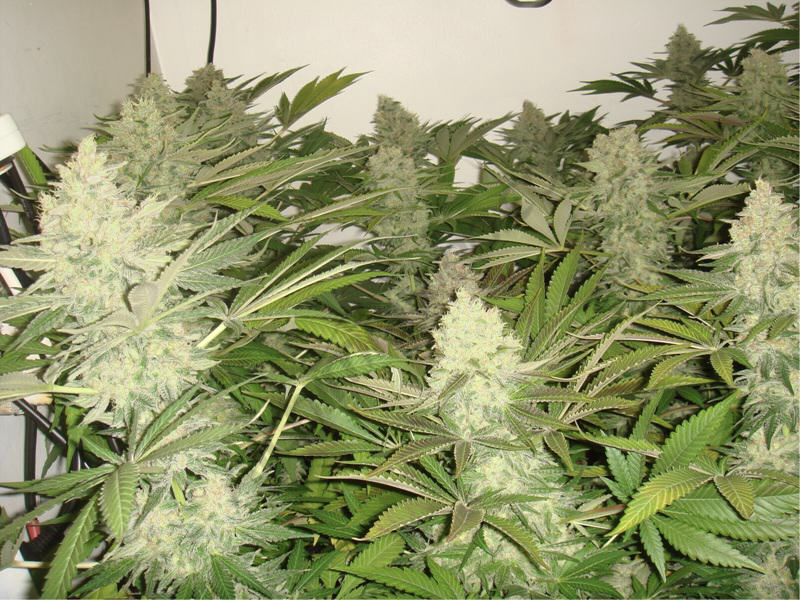
A common characteristic among the different hydroponic substrates is that they are all inert, meaning they are free of plant nutrients. Therefore we will have to add fertiliser with every watering, and in the appropriate amounts according to the life stage of the plant. We must also highlight the importance of pH in this style of growing, as this is the key to enabling the roots of the plant to properly absorb the macro and micro elements. If the pH is off, the plants will suffer imbalances, deficiencies and resultant problems throughout the grow.
Different hydroponic systems:
- GHE EBB & Grow hydroponic system
- Atlas L12 for 16 plants
- Plant it Aeros 1 system, for 1 plant
- GHE Aquafarm 45L for 1 large plant
Now let's check out the different substrates for hydroponics:
Coconut fibre for cannabis cultivation
Coco fibre is the hydroponic substrate that most resembles soil and gives growers a greater margin of error. Its composition is based on the outer fibres of the coconut, in different particle sizes. The larger the particle, the less water retention, meaning it dries sooner and can be irrigated more frequently, thus feeding more to the cannabis plants.
In this substrate we can use mineral fertilisers, such as the Metrop range (the most widely used for coco), although you can also grow organically with the help of microbes to break the food down and allow the roots to assimilate it more efficiently. For this we can apply trichodermas, endomycorrhizae, or a blend of several of these microorganisms, such as the OG Tea inoculant we mentioned earlier.
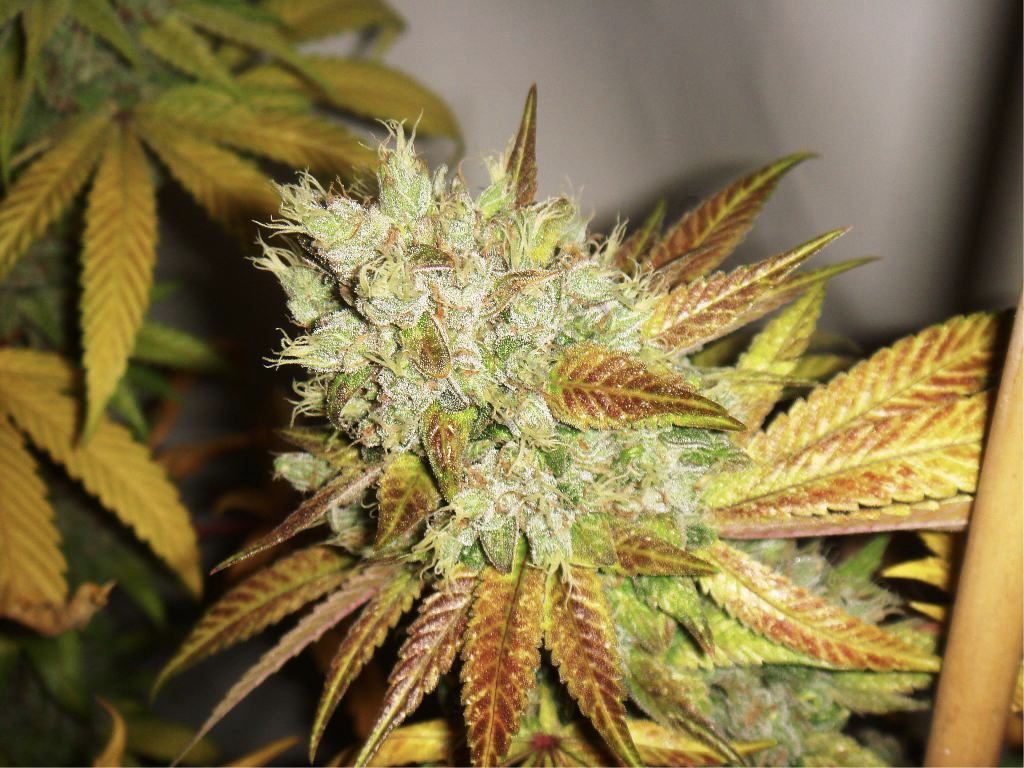
Coconut has several advantages over soil, such as the amount of substrate to be used for growing with the same plants per m2. When a 7-litre pot of soil needed, only 2L of coco fibre would suffice, offering a significant saving.
This is because the porosity of the coco means the root system grows bigger, as it can penetrate the fibres more easily than with soil, and better colonise all of the substrate in the container.
The fact that coconut plants require less substrate also means that they require more frequent watering than soil. We can hand irrigate plants in soil without problems about 3 times a week, while coconut requires a more frequent irrigation of a lower quantity, so that a wet/dry balance is maintained, with plants never drying out nor drowning. The latter is crucial to avoid the appearance of pathogenic fungi such as pythium or fusarium, very harmful for cannabis and plants in general.
Comparison of quantity of coco fibre vs soil:
- 1.65l coco = 3.25l soil
- 3.25l coco = 7l soil
- 5l coco = 11 to 15l soil
- 7l coco = 15 to 20l soil
- 10l coco = 25l soil
Another difference that must be taken into account by growers is that pH and EC or electroconductivity must be well controlled. The EC is the amount of nutrients dissolved in water and is measured through the conductivity of the dissolved salts. So it's not the same to use organic nutrients in hydroponic systems as it is for mineral fertilisers, since minerals always conduct electricity better than in organic fertilisers.

Through experience, EC charts can be created for organic fertilisers, even if they are not the same levels of EC as with minerals. Nowadays it's very easy to find a nutrient chart tailored for each plant type (indica, sativa or hybrid), making it simple to grow even without previous experience. Although it's often thought that hydroponics systems are only for advanced growers, the truth is that, even your first time, you can obtain very good yields without deficiencies. Of course, you'll need all the necessary instruments to follow the tables, such as EC and pH meters.
Expanded clay pebbles for cultivating cannabis
Expanded clay pebbles are one of the best known hydroponic substrates in the industry, used as a medium in many of the growing systems. Let's look in more detail at how it works.
They are small, unglazed ceramic balls roughly the size of marbles, although they may be larger or smaller as needed. One of the advantages to be taken into account is that they can be used without problems for the different recirculation systems in which, instead of changing the nutrient solution (water + fertilizers), the tank is maintained, adjusting the EC and the PH of the nutrient solution every few days.
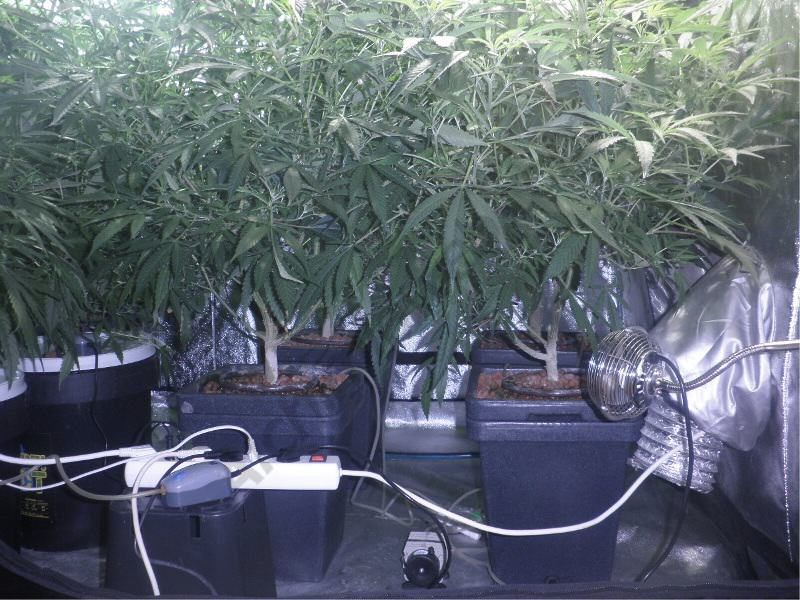
One of the great advantages of clay pebbles, apart from being an ideal substrate for recirculation, is that it maintains a high degree of oxygenation in the roots, so irrigation can be more continuous, allowing the plant to feed little and often. In this way an vigorous toot system is achieved, reflected in very fast growth of the plants, and explosive flowering.
The space left between each pebble means the humidity does not remain stagnant for long, requiring more frequent irrigation. Keep in mind that stopping watering for just 24 hours can have disastrous consequences, the roots can dry and the plants will die very quickly.
For this reason we recommend always having a backup water pump, in case the one you're using fails; in this way we can replace it before the plants notice. If only one day passes there's no problem, but if the problem with the pump is out of action for longer, we need to start worrying about our plants. To avoid losing the crop, simply water by hand until the pump is replaced. Remember that cannabis plants are highly adaptable, as long as the changes aren't too drastic.
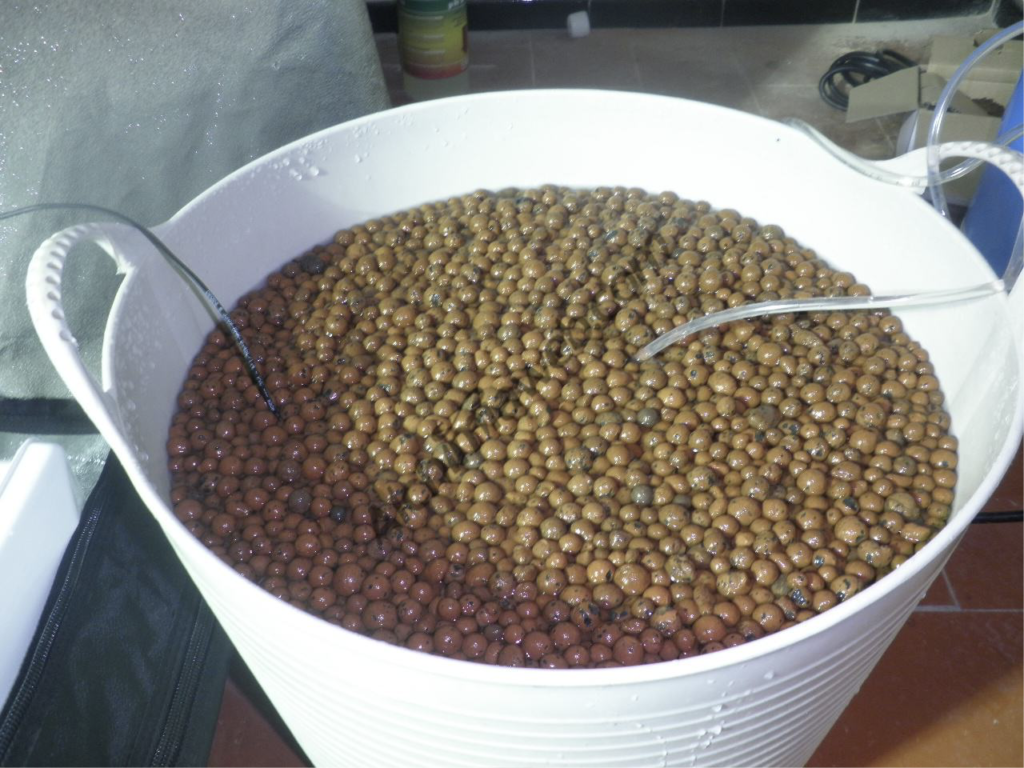
It should be noted that clay pebbles requires a pre-use preparation. As they are used in the construction industry as insulation, among other things, we'll need to wash them to remove any excess dust, which can interfere with EC and pH levels and cause serious problems.
To avoid this, we'll need to wash them really well in a bucket or bath until the water runs clean. Next, we must stabilise the pH at 5.5 to give your plants the best possible start.
To stabilise the pH we simply add pH Down to water in a bucket with the pebbles inside and leave it to soak. After 24 hours we drain the water and repeat the process until the pH stabilises. The second soak doesn't need 24 hours, just a few hours will be enough as long as we check that the pH is correct. To check the ph, fill the tub with water, adjust the pH to 5.5 and leave for an hour or two (no more, as the pH also varies as the hours pass) with the clay pebbles inside. Measure the pH of the water after this time; if it is still at 5.5 we can get on with cultivation. If not, we'll need to repeat the process until the pH is stable.
Rock wool as a substrate for cannabis
Rock wool is another excellent substrate for the hydroponic cultivation of cannabis, it's easy to handle, and clean to work with. With rock wool we must also stabilise the pH, just like the clay pebbles: a bathtub filled at pH 5.5 and repeat until the runoff has the required pH.
Once stabilised, we can begin growing. Small rock wool cubes should be used in the early stages, as if they were small pots, and then once the root system has been established correctly we can transplant to the rock wool slab.
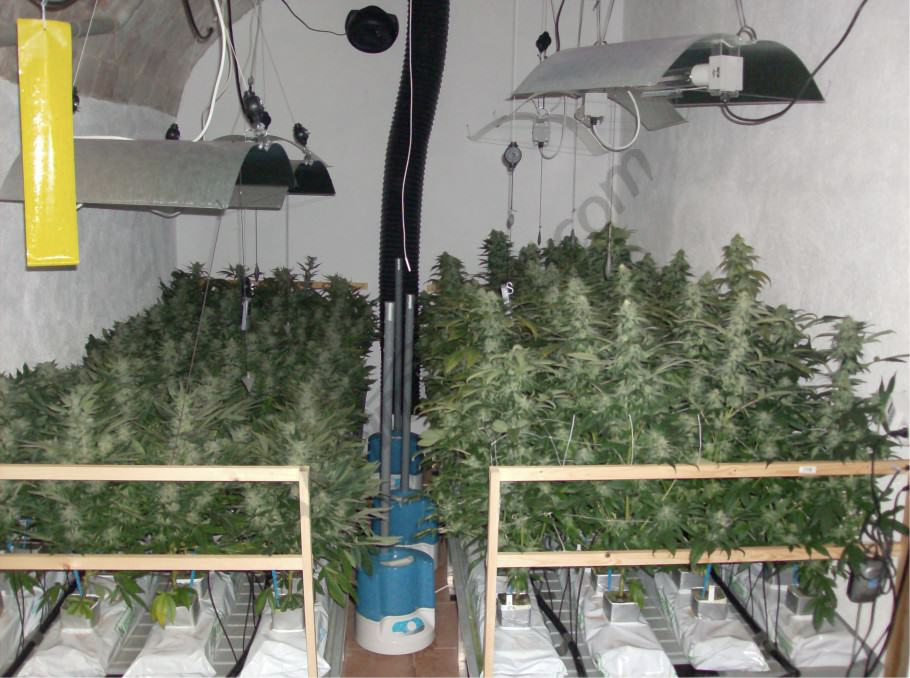
Slabs are usually sold as elongated strips of 1m, 15 cm wide x 7.50 cm high. This system has its advantages and disadvantages: we don't need a pot as the slab acts as one, but on the other hand, plants are immobile and can't be separated from each other. Those growers who like to remove plants from the grow room or grow tent to take photos or work on them more comfortably won't find slabs practical.
We can fit 4 to 5 plants or cuttings into each slab, with a total of 20 to 30 plants per m2. This means it's usually very popular for SOG growing, where we flower a large number of plants, each with one main cola.
A good alternative to rock wool, is Mapito. Composed basically of small pieces or flakes of shredded rock wool which we can use to fill pots, freeing us to move the plants as we please grow and in rock wool as if it were soil or coco.
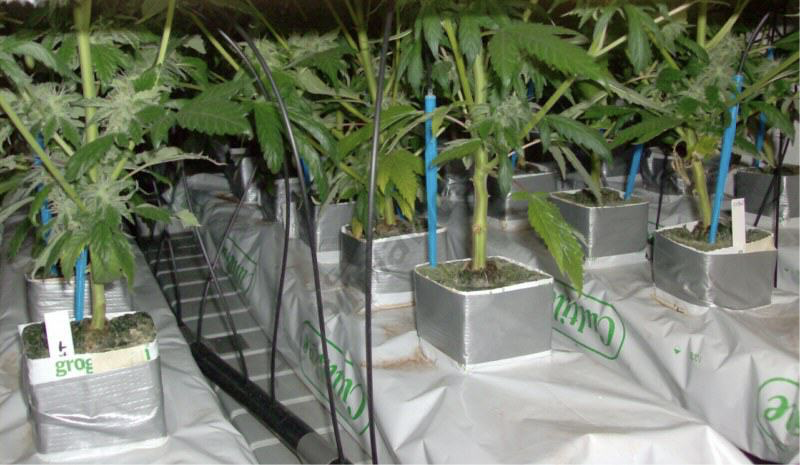
This substrate is not reusable, so we have to get rid of it responsibly once the crop is finished. The best option is to take it to landfill to be treated properly, because the cannabis cultivation need not be at odds with caring for the environment.
Perlite as a substrate for cannabis
Perlite is a mineral - silica - and it has the same peculiarity as clay balls: it does not absorb water but rather holds it on its surface for the roots to absorb. It is not often used on its own, normally being mixed with soil or coconut to improve texture, add drainage or used as a mulch layer on top of the substrate to retain moisture, for example growing outdoors in summer.
Whether we stabilise the pH or not will depend on how we intend to use it. If mixed with soil, it's not necessary as, having a neutral pH of 7.0, it won't alter the pH of the growing medium.

However if we want to use it on its own, its pH of 7.0 should be reduced a bit. As with clay balls, it's not a quick and easy task, but it's not impossible either! Anyway, as we say, the pH must be well stabilised before being used, which means that many growers only use it to oxygenate and improve drainage rather than as a substrate itself.
Without substrate, aeroponic crops
In aeroponic cultivation, there is no need for a substrate. A part of the roots is sustained in the air, and the rest usually rests on top of the aeroponics system.
In aeroponic systems the roots are fed and moistened by small particles of water or a thin film of water that runs under their roots, as in the case of NFT systems.

In this system, the root system has an unparalleled development since the roots are not impeded in any way and they can grow at a great pace. In a few days you can get a truly impressive root ball compared to other more conventional substrates.
The huge advantages of this system, such as not needing substrate, the huge root growth, very vigorous plants and abundant flowering, are offset by the disadvantage that if the irrigation pump fails, plants will suffer greatly within very little time, just a few short hours.
By not having any kind of buffer, nothing to retain moisture, if the pump fails, the remaining moisture evaporates quickly, and the roots can suffer dehydration from which they may not recover. For this reason it's even more important to have a backup water pump in these growing systems without substrate.
With these no-substrate systems, it's also essential to use pH and EC meters. Many growers even use pH control pumps that maintain a stable pH in each watering, as it is of vital importance that it's always within the optimum range to allow the plant to absorb all the nutrients it requires.
We've tried to explain the advantages and disadvantages of the different substrates in a concise and simple way, although it could be said that they're all suitable, depending on the needs of each grower. Whichever you choose, make sure to take what we've said into account and you can enjoy a successful harvest.
To finish we leave you a video that we have made about the substrates that we have on the web in the category that we have called Substrates for the Cultivation of Cannabis, that you enjoy it.
https://vimeo.com/267221691


































































